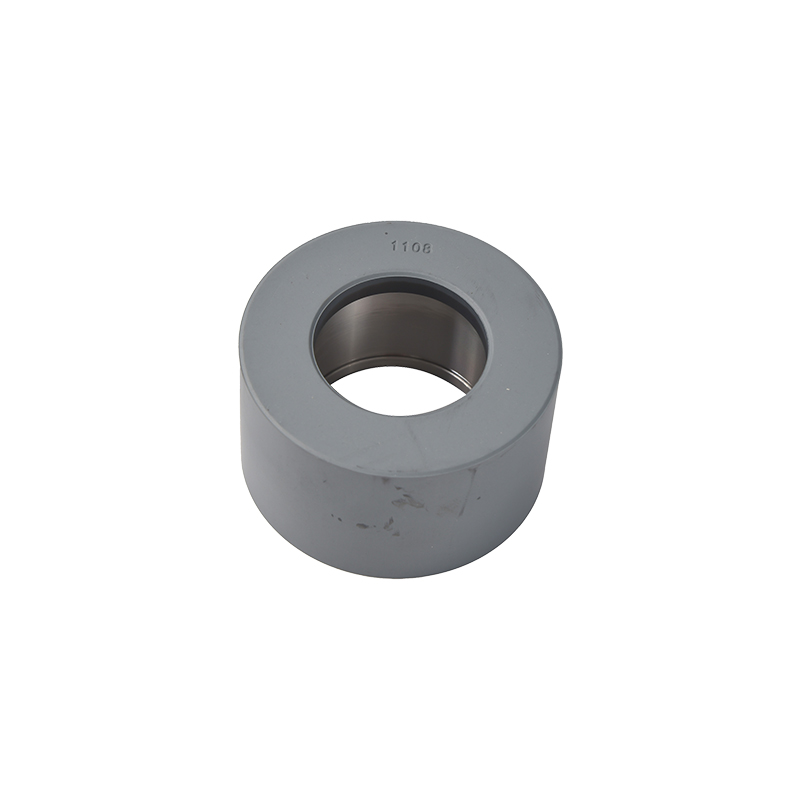Powder metal parts are components that are made by compacting and sintering metal powders. The process is also known as powder metallurgy (PM) or sintering.
Powder metal parts are used in a wide range of industries, including automotive, aerospace, medical, industrial, and consumer products. Applications include gears, bearings, bushings, structural components, and other mechanical parts.
Overall, powder metal parts offer a cost-effective way to produce high-quality parts with complex shapes and consistent properties.
Powder metal parts have the following characteristics:
Complex shapes: Powder metal parts can be manufactured in complex shapes that would be difficult or expensive to produce by other methods such as casting or machining.
High density: Powder metal parts are typically very dense, which can give them a high strength-to-weight ratio and good wear resistance.
Consistency: Powder metal parts can have consistent properties and dimensional accuracy because the material is made from a homogenous powder mixture.
Cost-effective: Powder metal parts can be a cost-effective alternative to other manufacturing methods, especially for high-volume production runs.
High strength: Powder metal parts can have high strength and hardness due to the sintering process, which causes the metal particles to bond together and form a solid piece.
Low porosity: Powder metal parts are usually low in porosity which makes them more resistant to corrosion and wear.
Low machining cost: Powder metal parts often require little or no machining after the sintering process, which can help to reduce production costs.
Variety of materials: Powder metal parts can be made from a variety of materials including ferrous and non-ferrous metals, alloys, and ceramics.
Customizable: Powder metal parts can be customized to meet specific requirements, such as specific shapes, strength, and densities.


 简体中文
简体中文 English
English













